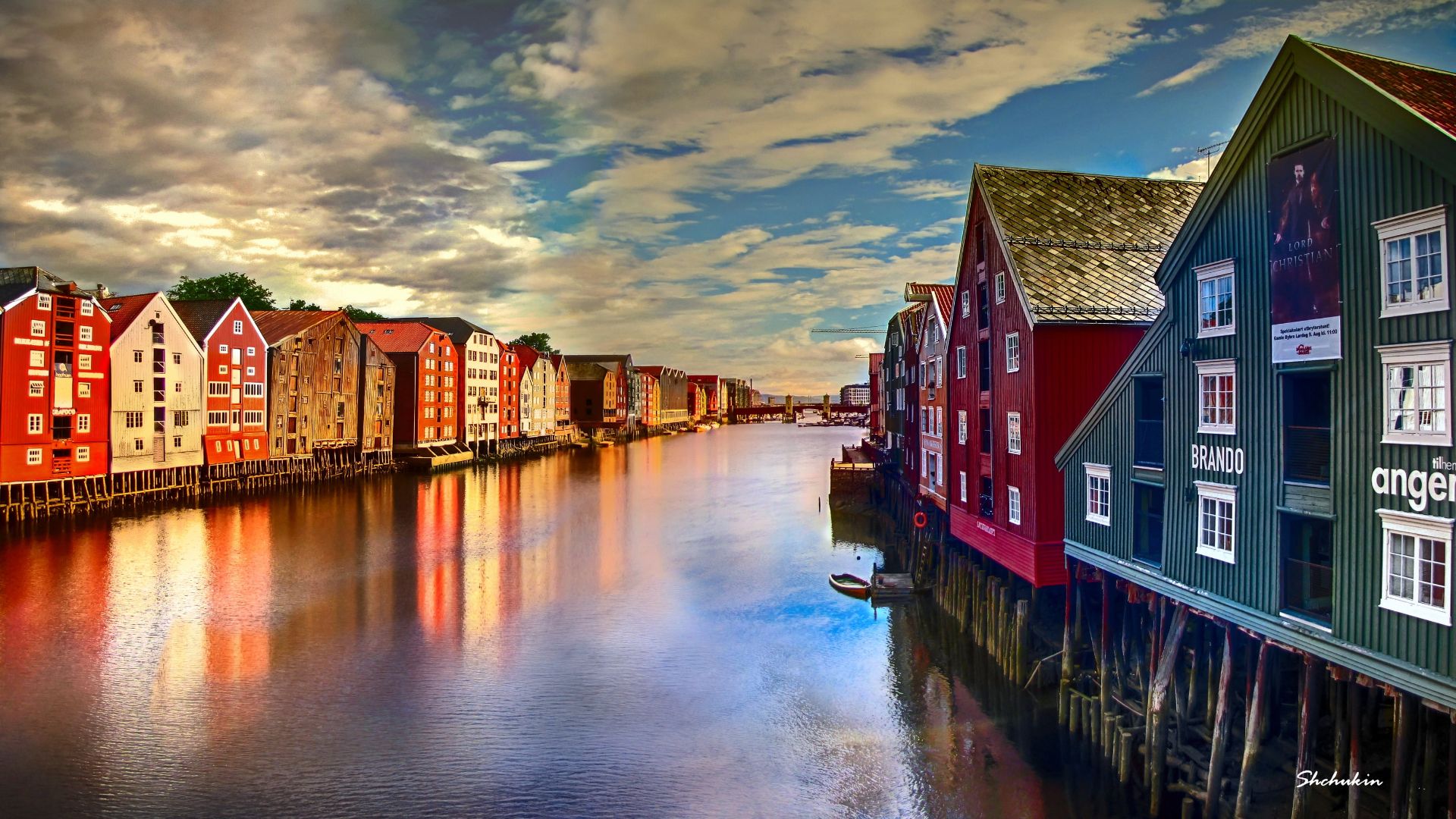Easter trip 1 - Across the Country
Opublikowany: 13.04.2021
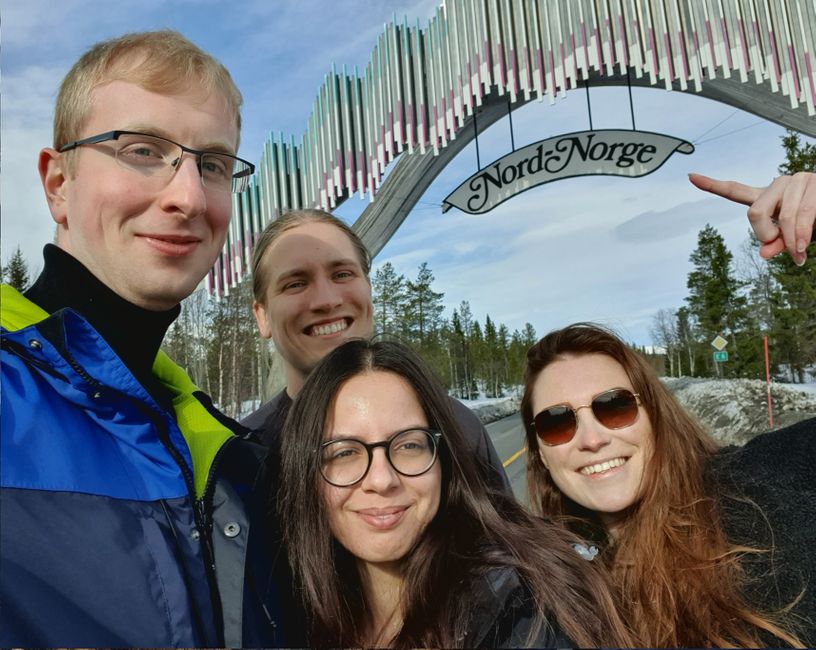
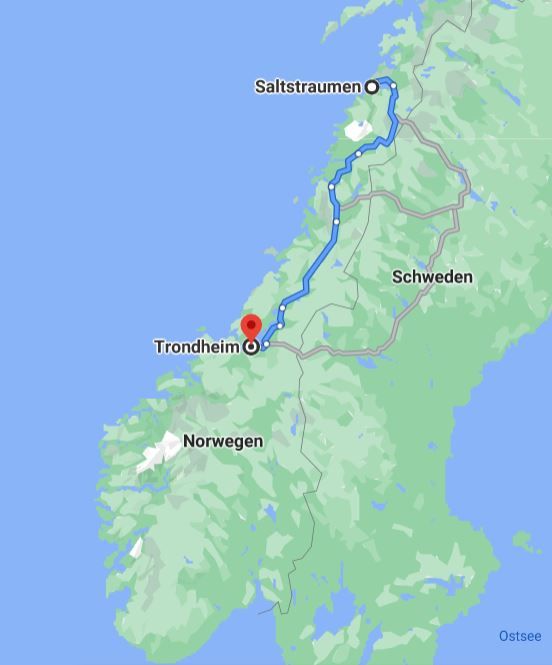
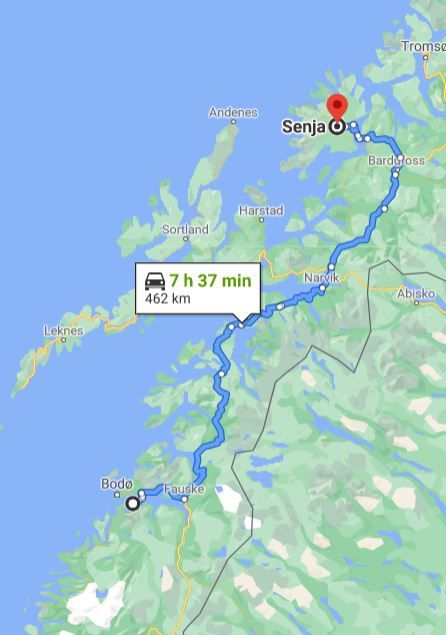
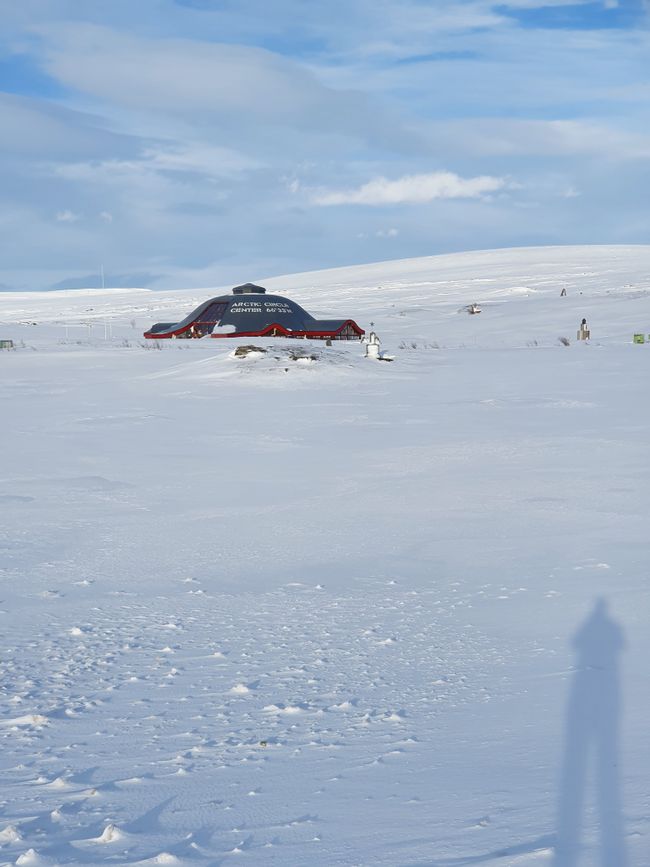
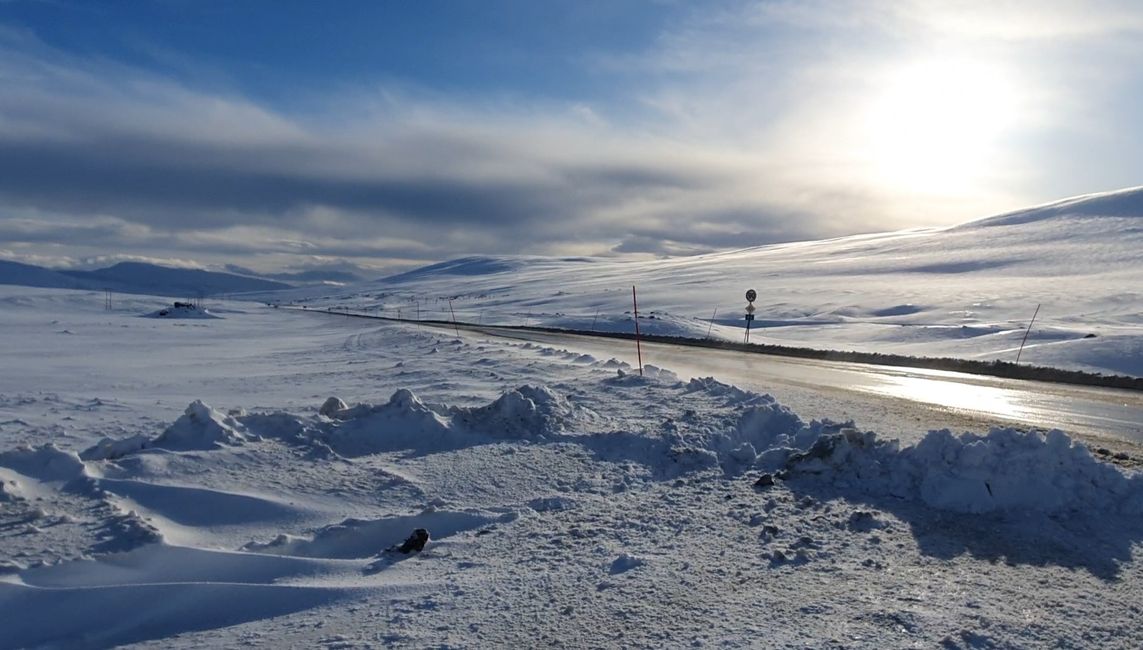
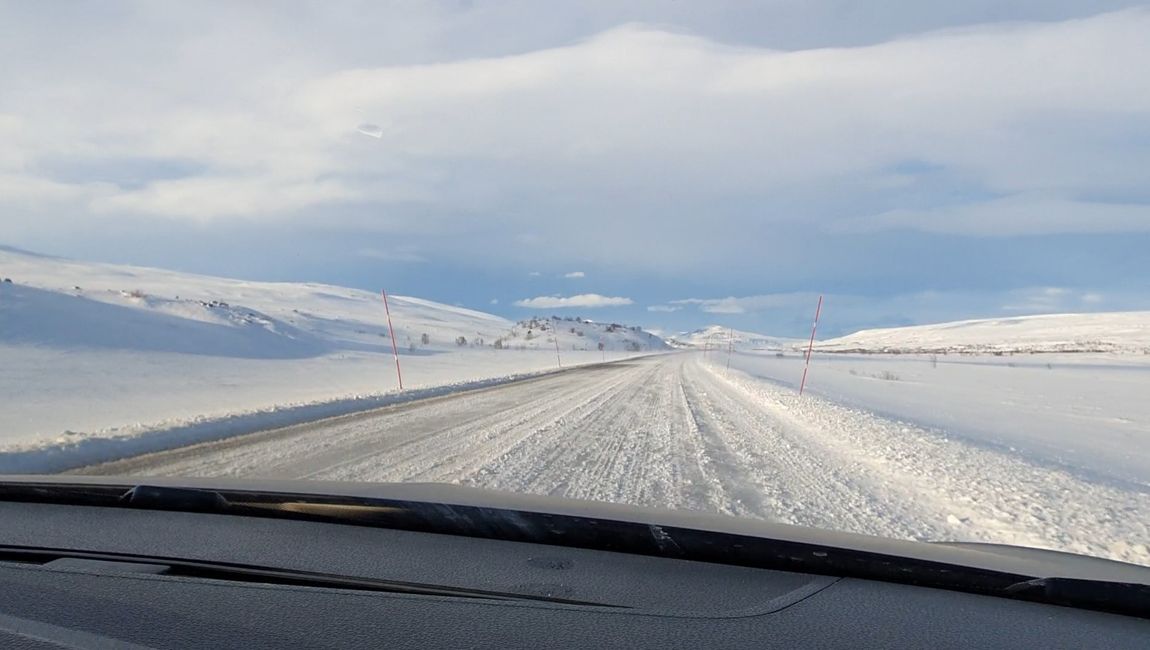
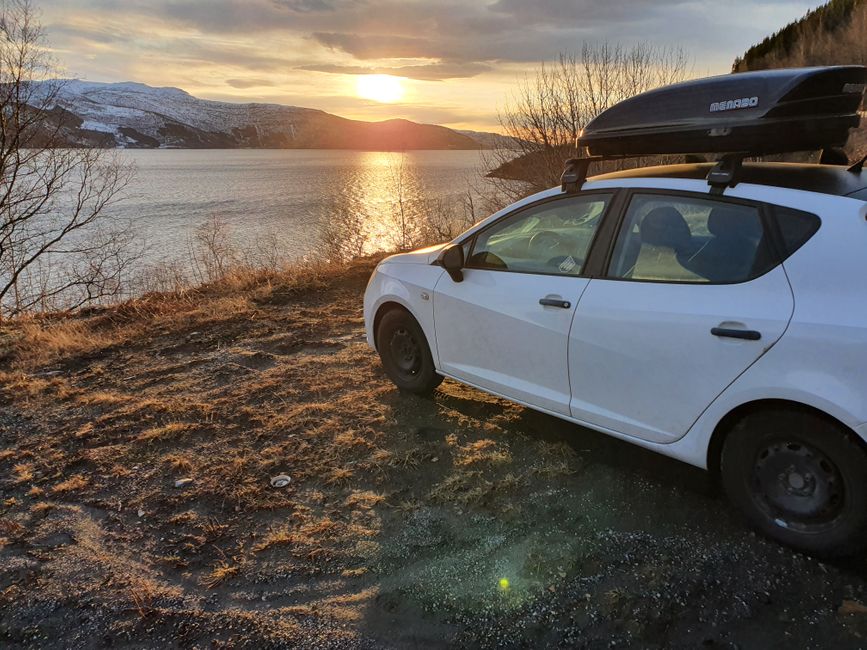
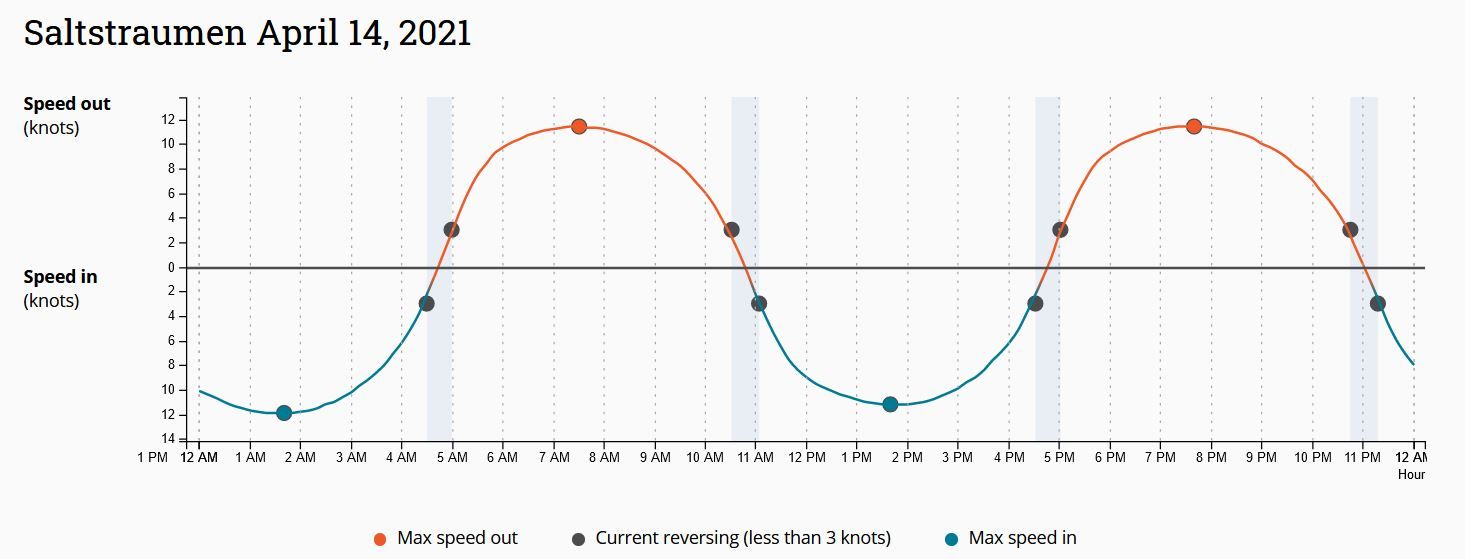
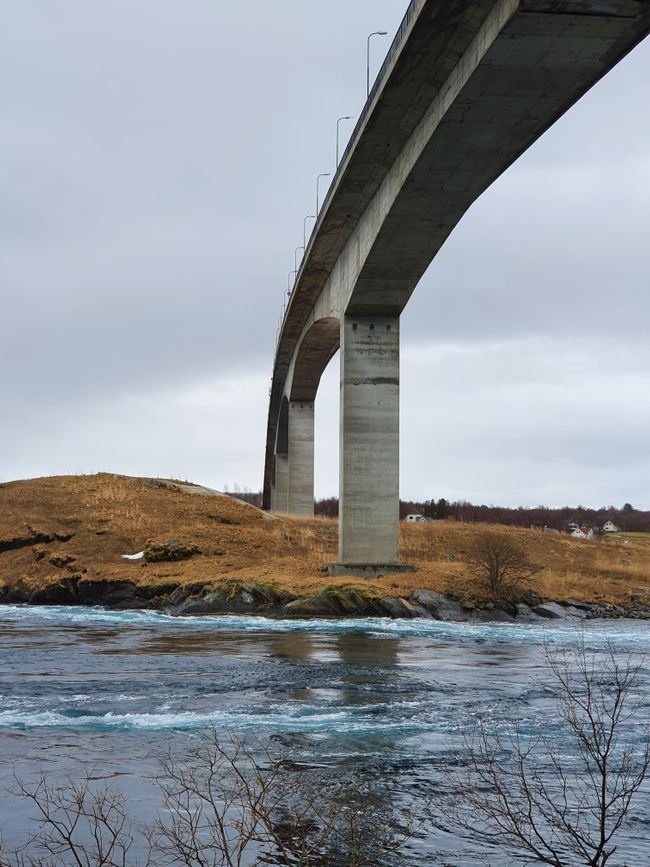
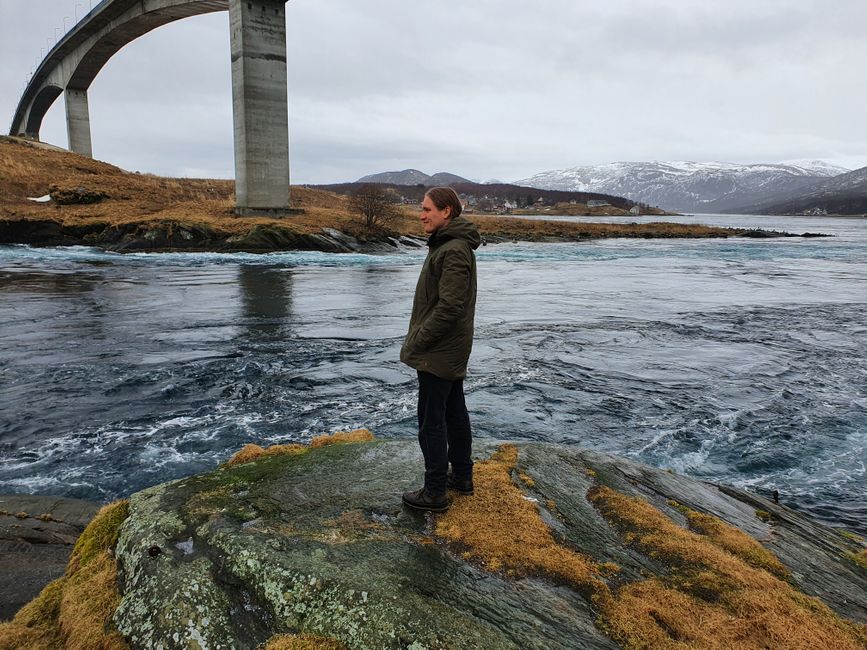
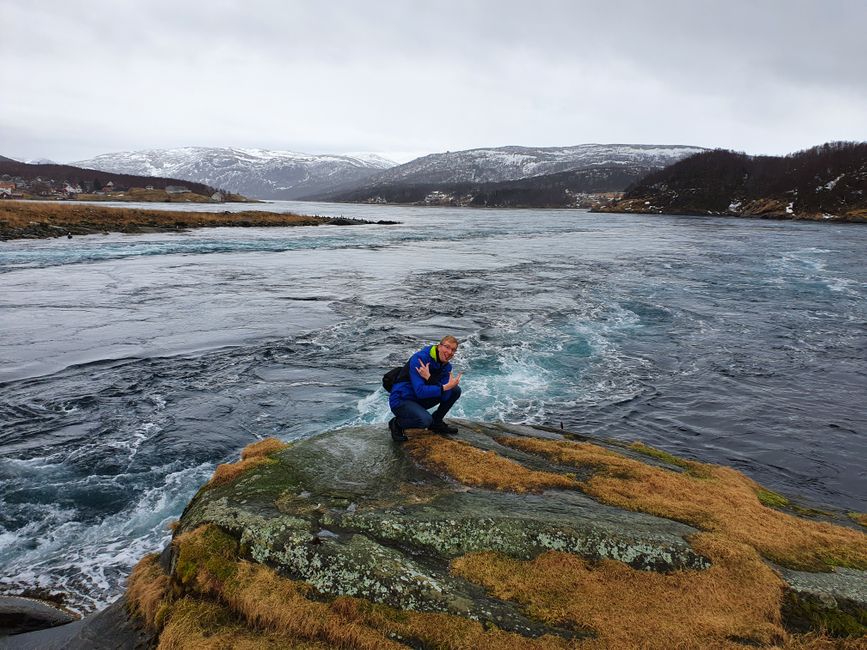
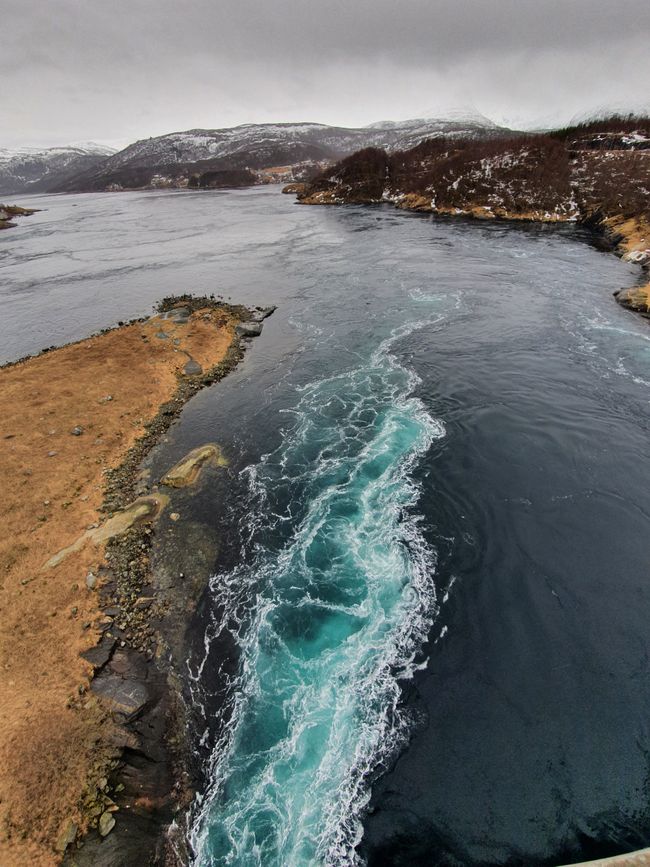
Zapisz się do newslettera
The Norwegian spring semester is interrupted every year by the Easter holidays and the universities therefore suspend classes for one week. This time is often used by Norwegian students to visit their home region, which can mean quite a long journey.
Exchange students usually use this time to also take a longer trip around Norway. Following this tradition and to take advantage of the benefits of having a car, I planned a road trip. From Trondheim, there are routes to the south to explore the fjordland with its iconic brochure fjords, climb various mountains, and admire scenic roads. However, during the Easter holidays, the majority of the mountains in Norway are covered in thick snow. Many of the fjord roads are usually closed due to the risk of avalanches from September to June. The second travel alternative is the northern direction and crossing the Arctic Circle. This circle begins slightly above the 66th parallel and indicates the geographic area where the sun remains below the horizon all day during the winter solstice, resulting in darkness. In the summer, on the other hand, the sun shines all day from here during the summer solstice and only touches the horizon around midnight before rising again. The further north you travel from this latitude, the longer the period of time becomes in which the sun is never seen in the winter and is visible around the clock in the summer. Therefore, the Nordkapp in Norway remains dark from November 20th to January 21st and enjoys constant daylight from May 12th to August 2nd.
Above the Arctic Circle, you will find, among other places, Norway's second largest island, Senja. Dreamy beaches and bays alternate with rugged mountains that rise vertically from the fjords and the sea. All patterned by weather that could not be more diverse. At the same time, it is worth mentioning the Lofoten Islands, which enjoy greater international fame. In normal times, they are overrun by travelers, but currently, they offer quite an exclusive destination for students.
These two regions were also supposed to be the preferred destination for me and my travel companions. With occasional stops for overnight stays. Doing this entire travel route at once would be quite tough on the backside. In addition to myself, the travel group consisted of Francesca from Italy, Maëlle from France, and my fellow countryman Gero. Gero, Francesca, and I had already met on hikes and cabin trips before, and Maëlle joined us as a new contact.
With anticipation and a slightly uneasy feeling about the long journey, we set off from Trondheim to Saltstraumen on March 26th. There, the world's strongest tidal current prevails, as the water balance between the sea and the local fjord can only flow through a single narrow passage. The drive itself was spectacular! But there are no unspectacular drives in Norway... The most difficult part for my travel companions was probably getting my nose off the windshield, to which I was occasionally glued to admire the mountains (to preempt it, everyone felt mostly safe during my driving! ...mostly). And so we left the Trondheim Fjord behind us to head towards increasingly higher elevations.
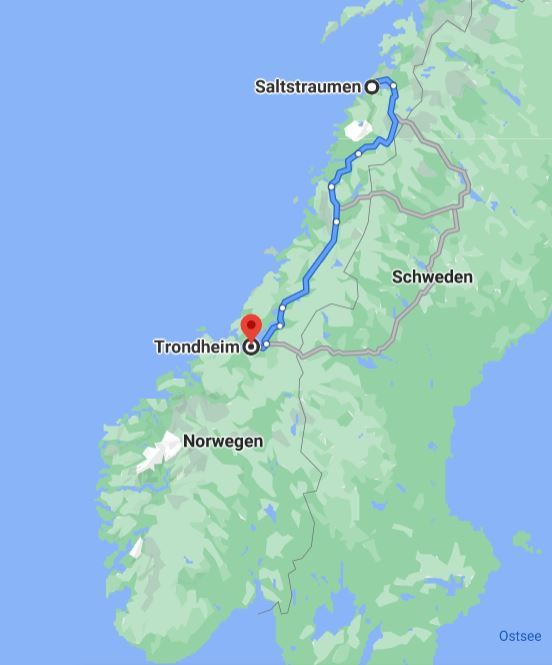
Flat fjords, smaller mountains, and snowy forests awaited us at first during the drive to the Trøndelag province border.
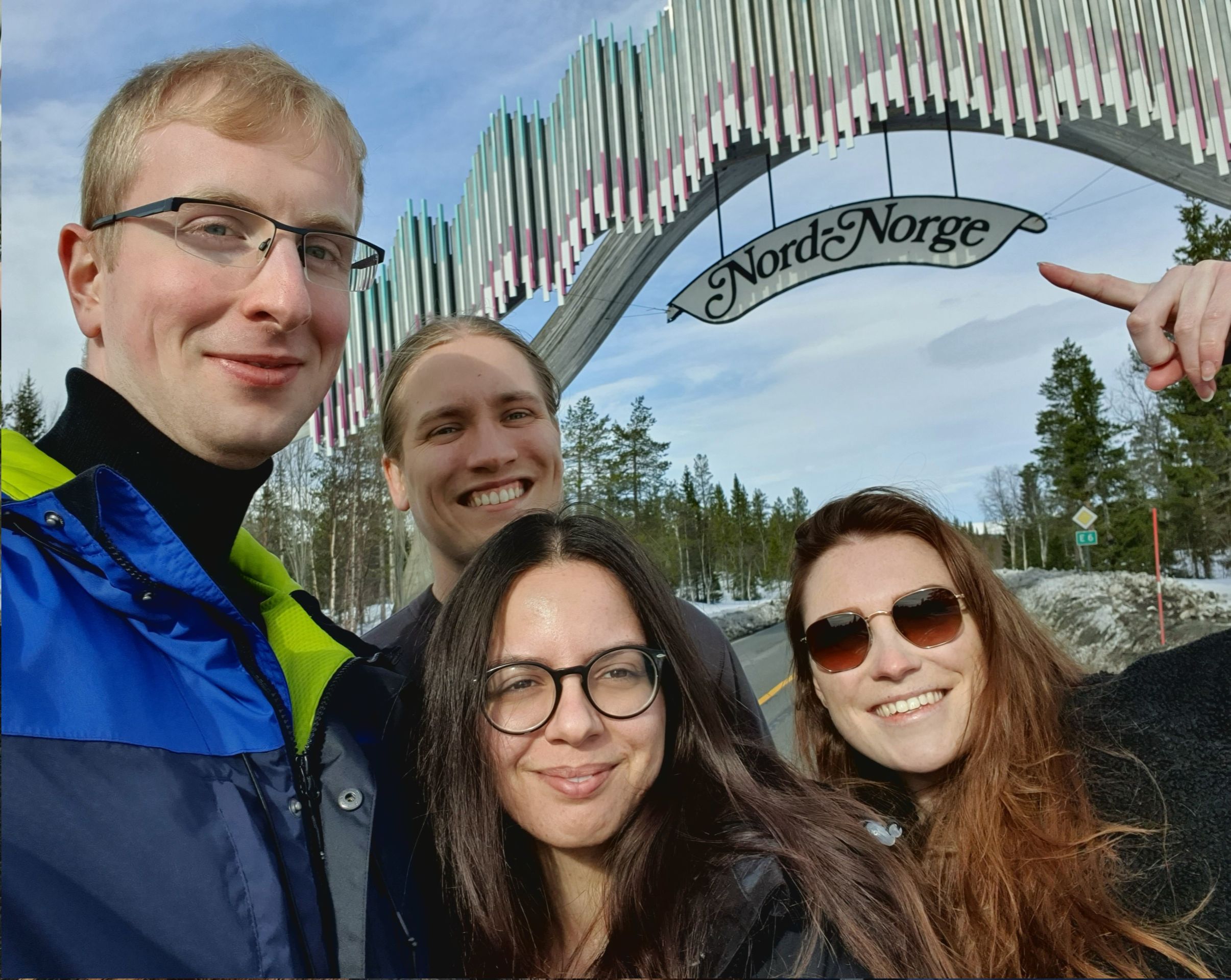
We continued in the Nordland province, where we also crossed the Arctic Circle. It is marked with a sign, and visitors can (if it is open) have a snack and buy Arctic merchandise directly at the rest area next to it. Shortly before we reached this place, the terrain steepened and within 10 minutes, the powdered forest landscape transformed into a single ice desert. The smooth snow cover, the dropping temperature, and the wind that chases snowdrifts across the terrain created a scene like being on an Antarctic expedition, only interrupted by the main road E6.
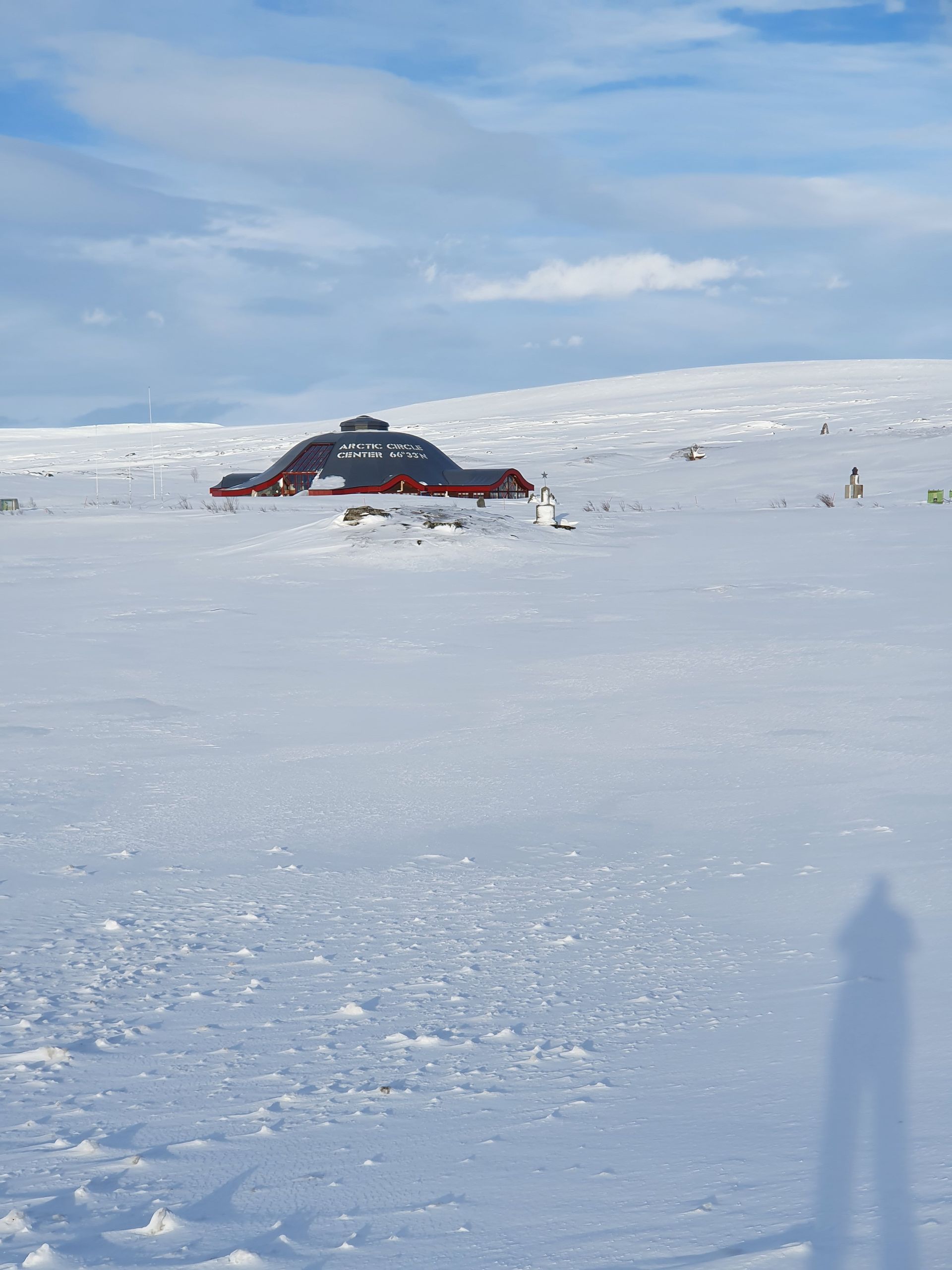

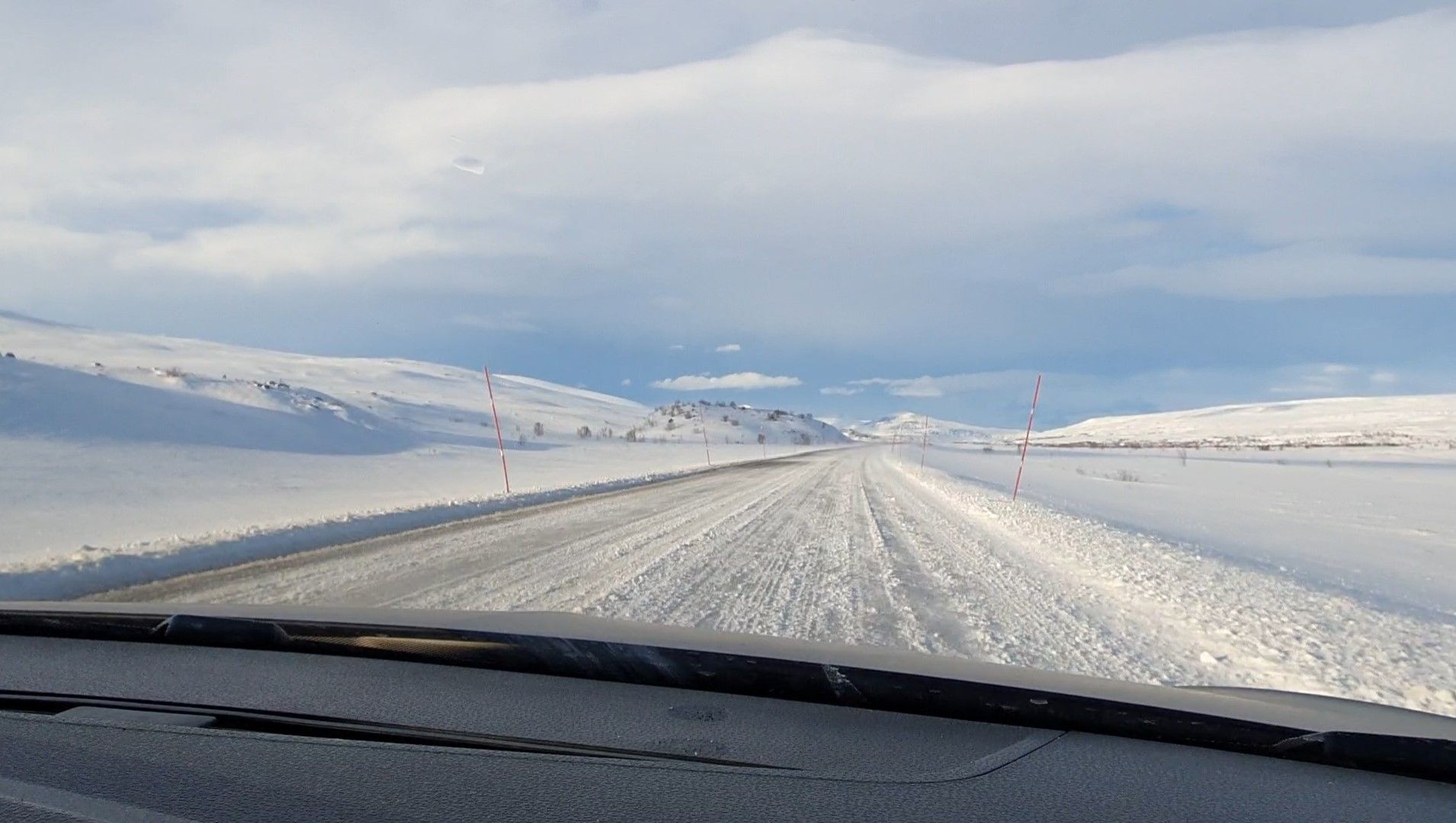
And even during the further drive, we encountered ups and downs, with varied landscapes. However, the emerging sunset, combined with a break by a fjord, crowned the day's experiences.
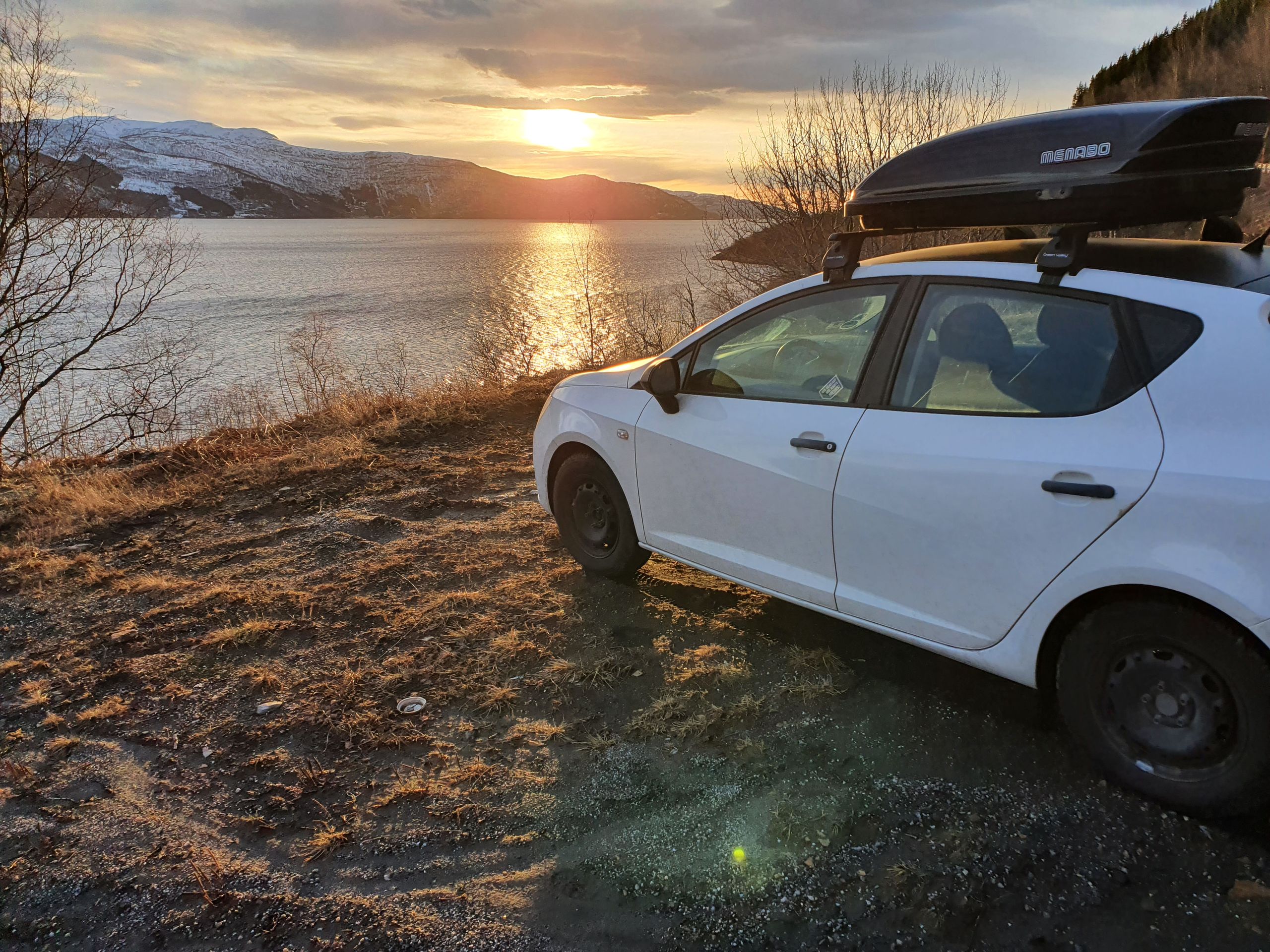
Shortly after sunset, we arrived in Saltstraumen and were able to catch a first glimpse of the tidal current in the twilight. However, since the ebb and flow were just turning, we could not observe a raging current at this time (the transition from maximum flow into the fjord to maximum flow back into the sea takes 6 hours).
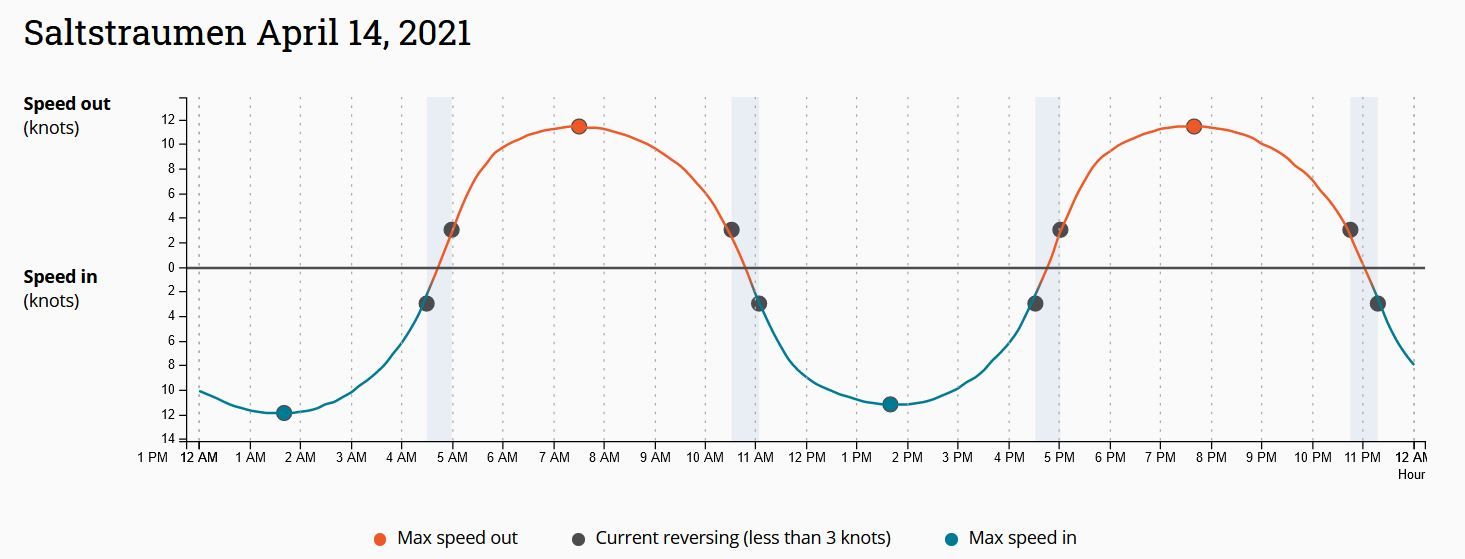
After a restful night in a small converted medical hut, the morning, thanks to detailed forecasts, provided a better sight. It is unusual to observe a rushing current flowing into the fjord, as one is accustomed to seeing all currents flowing towards the sea. The rocks under the Saltstraumen Bridge create resistance for the water, which then swirls and draws whirlpools far beyond the bridge. The air that is constantly sucked into the bubbling water gives it a turquoise color, which can be best observed from the bridge.
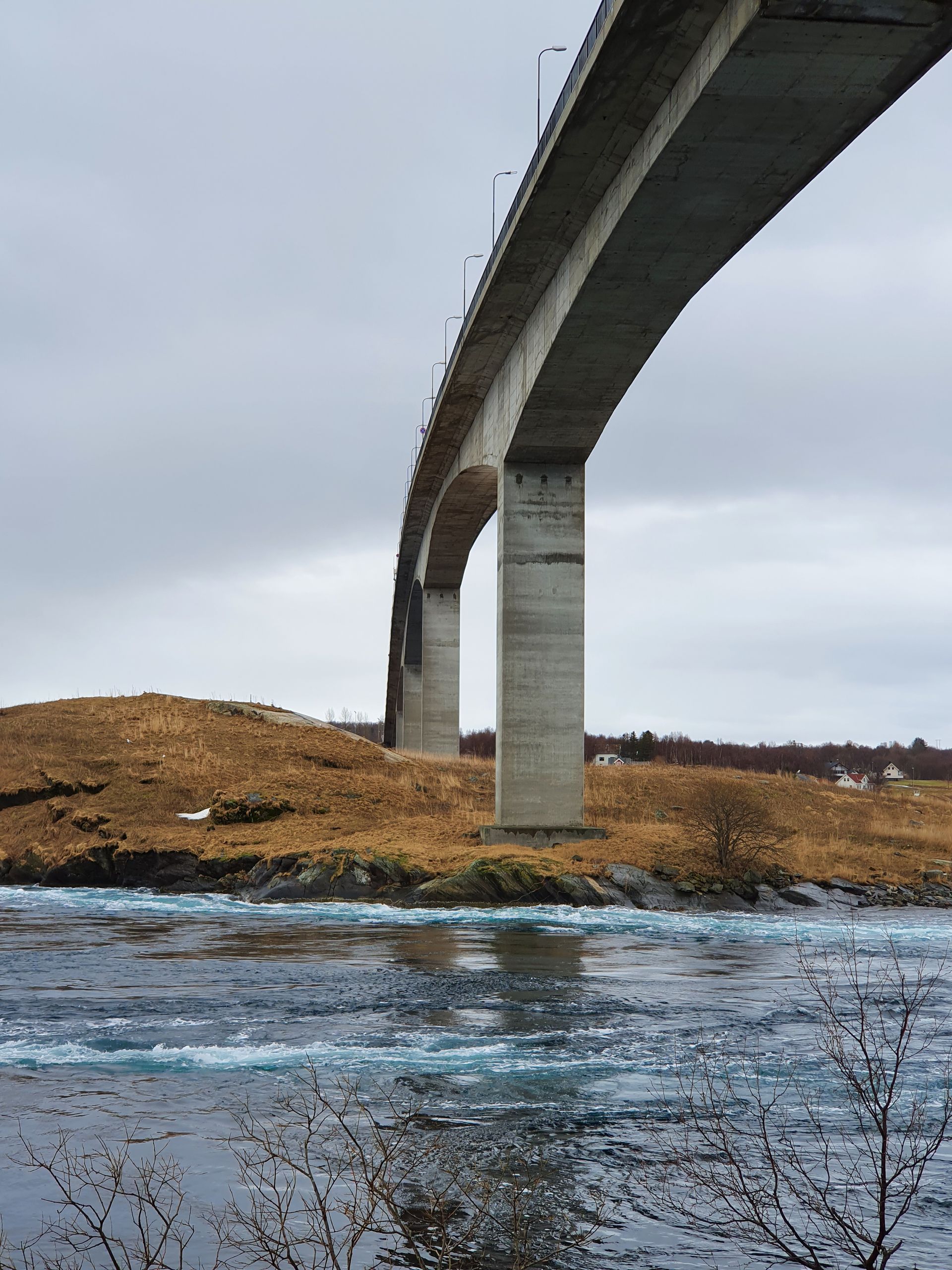

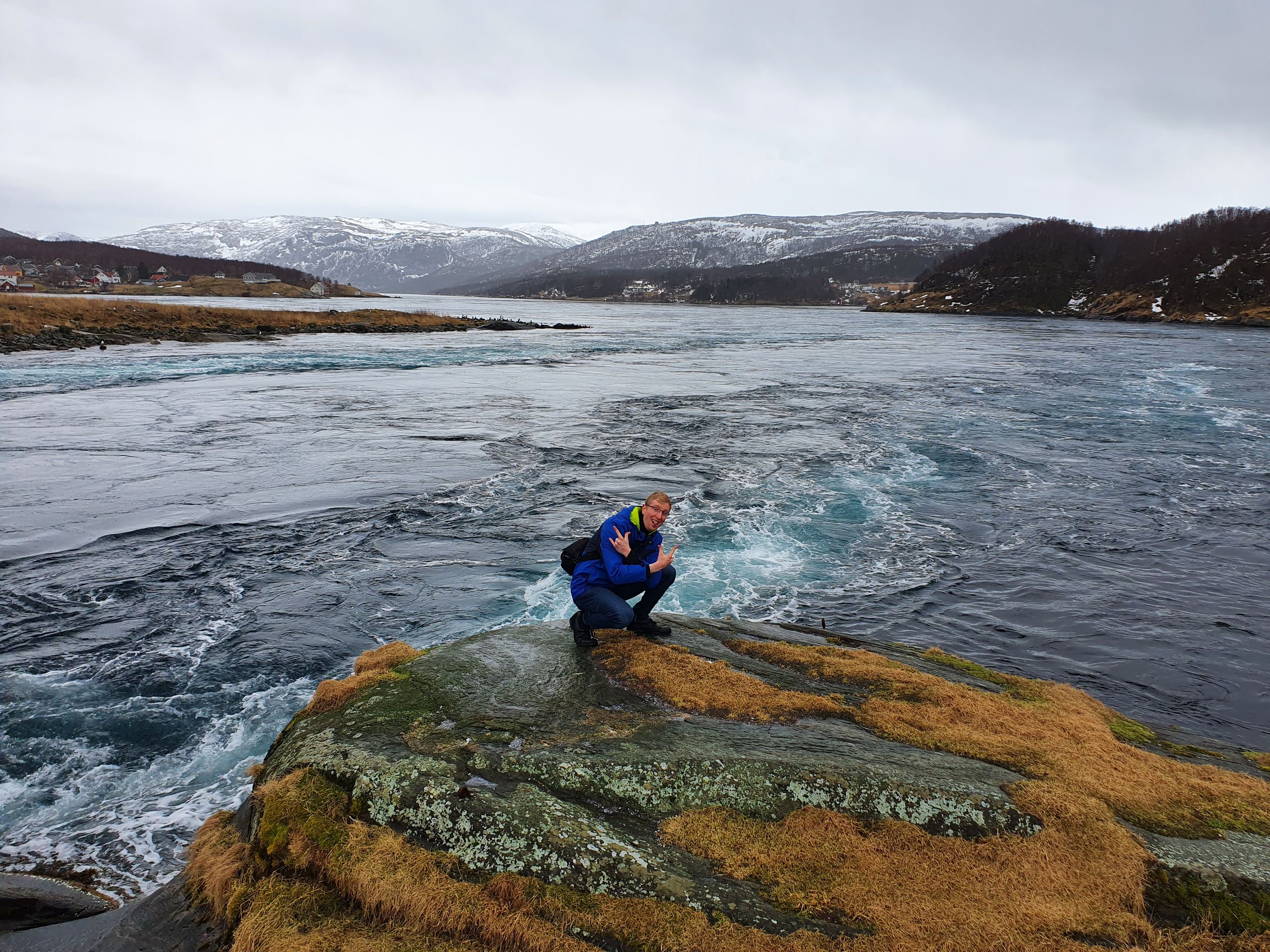
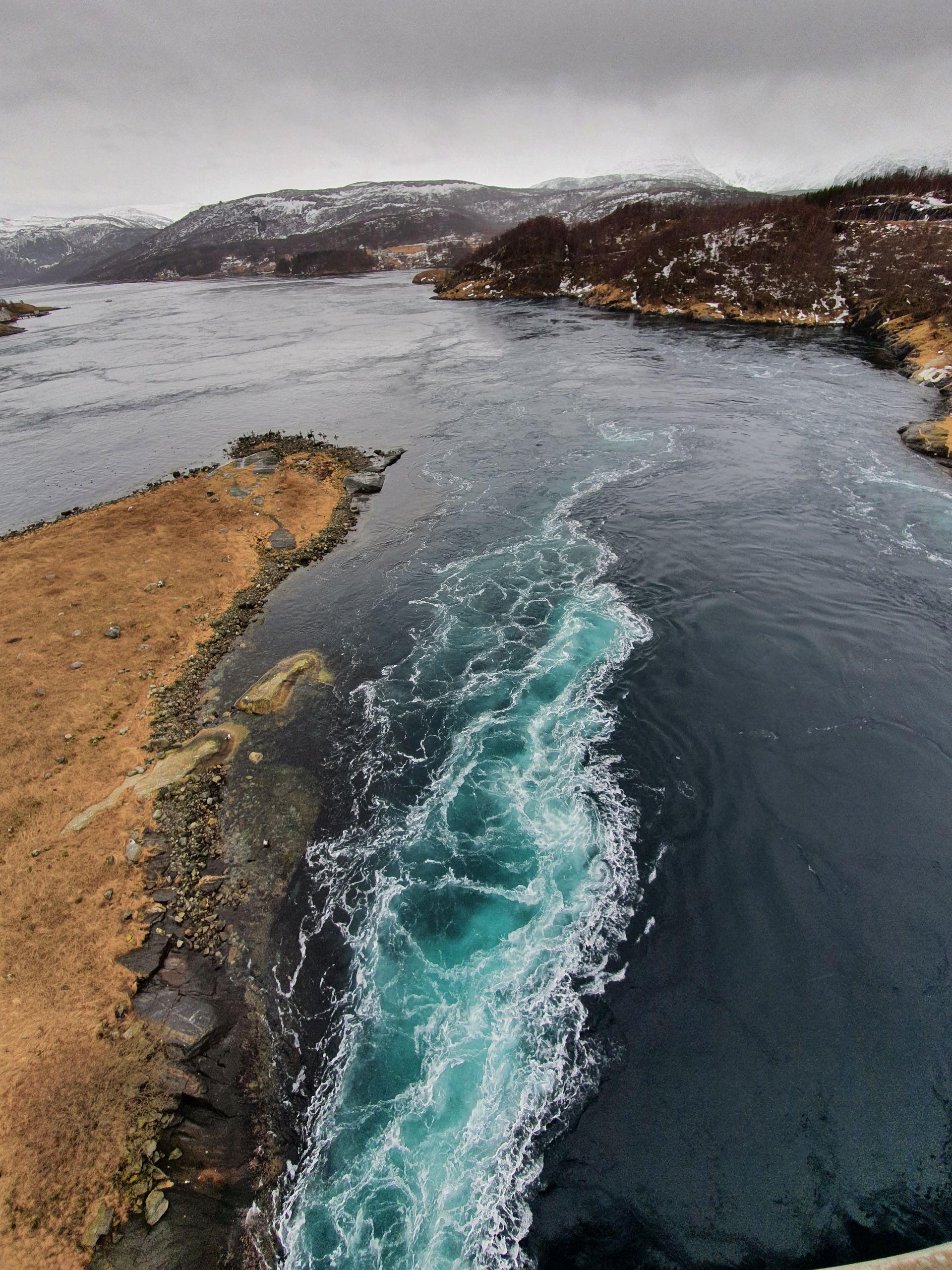
After replenishing supplies at a "grocery" store (apparently Germans often wander in here), we set off again towards the E6, which would continue to accompany us further north.
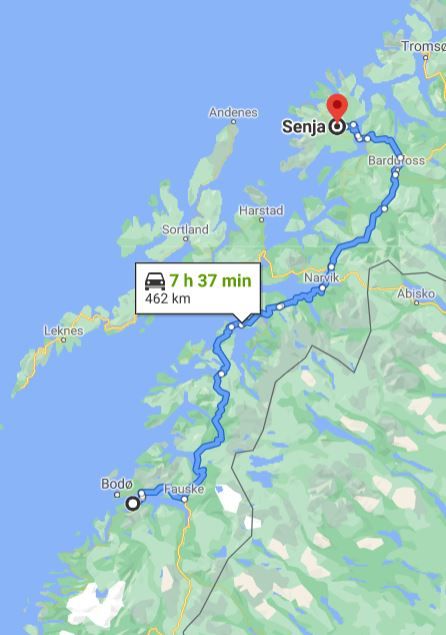
Despite its status as a main road, the E6 suddenly came to an end, and another fjord stretched out before us. With a ferry dock. Yes - those who want to traverse Norway on the famous E6 must also expect a ferry ride. Thanks to a quick scan with the ferry worker's mobile phone and immediate data transmission to my toll service provider, it was relatively uncomplicated and without prior booking. The 20-minute journey only cost 16 euros, which was well worth the experience. 1,000 kilometers from Trondheim, we passed through the larger city of Narvik and headed straight for our accommodation on Senja. We knew we had reached the island not only from a longer bridge crossing but also from the rapidly deteriorating road quality. The potholes lurked incessantly in the fallen darkness, always ready to jolt my companions out of their drowsy state. I also felt sorry for my (newly christened) Peperoni, whose shock absorbers were put to the test on Senja. However, upon arriving at our accommodation in Botnhamn, we were greeted with a truly cozy oasis where we finally found more relaxation after the first two days of travel.
Zapisz się do newslettera
Odpowiedź
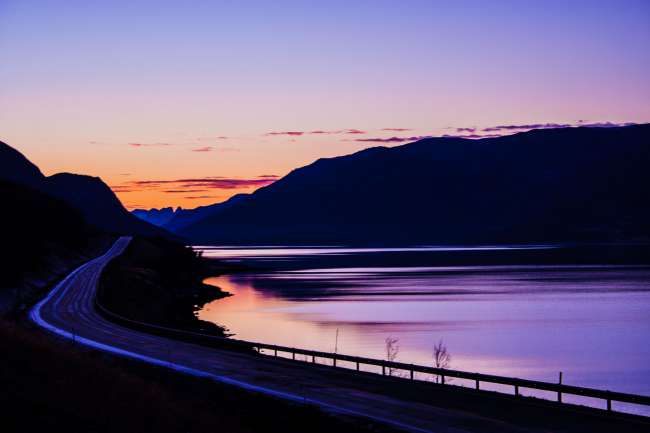
Raporty z podróży Norwegia
